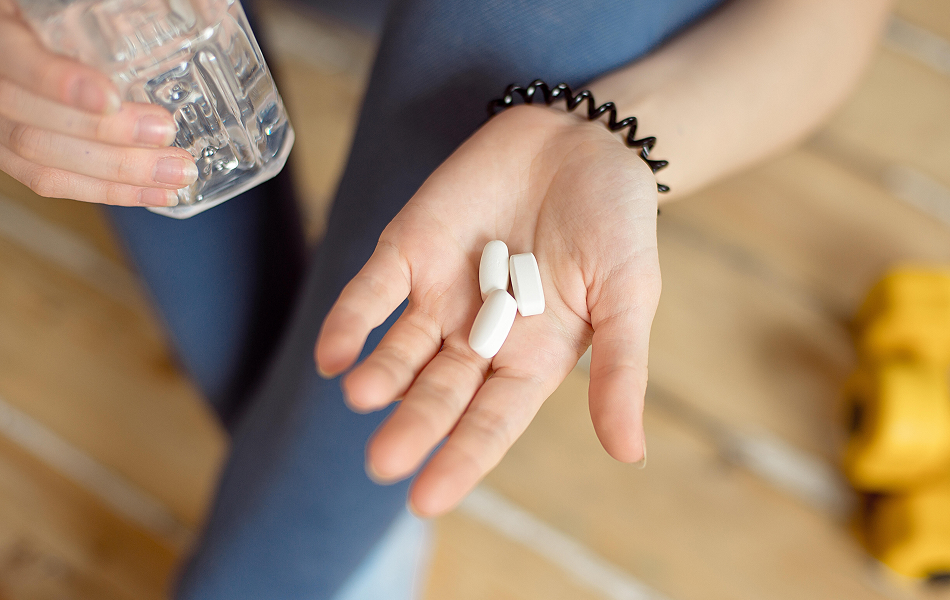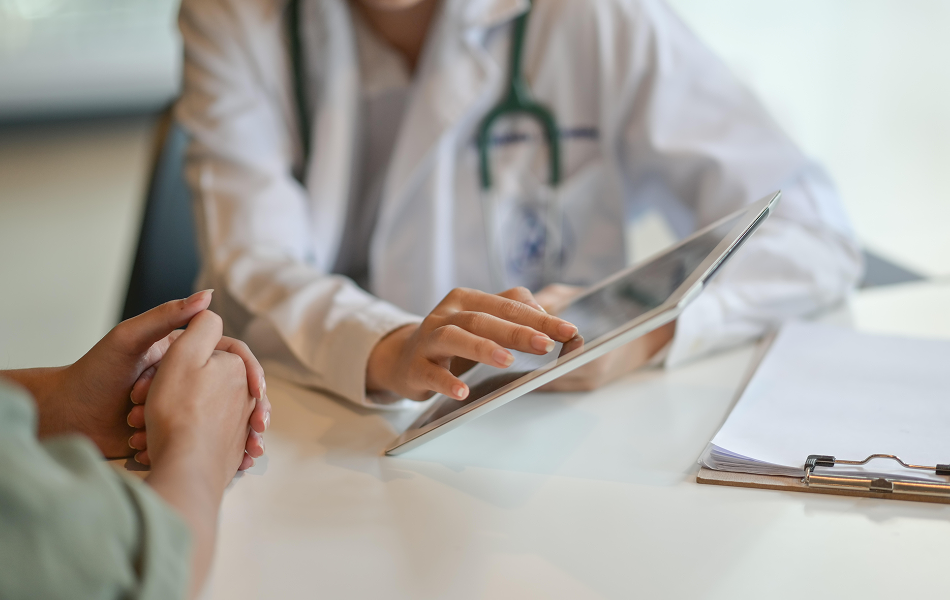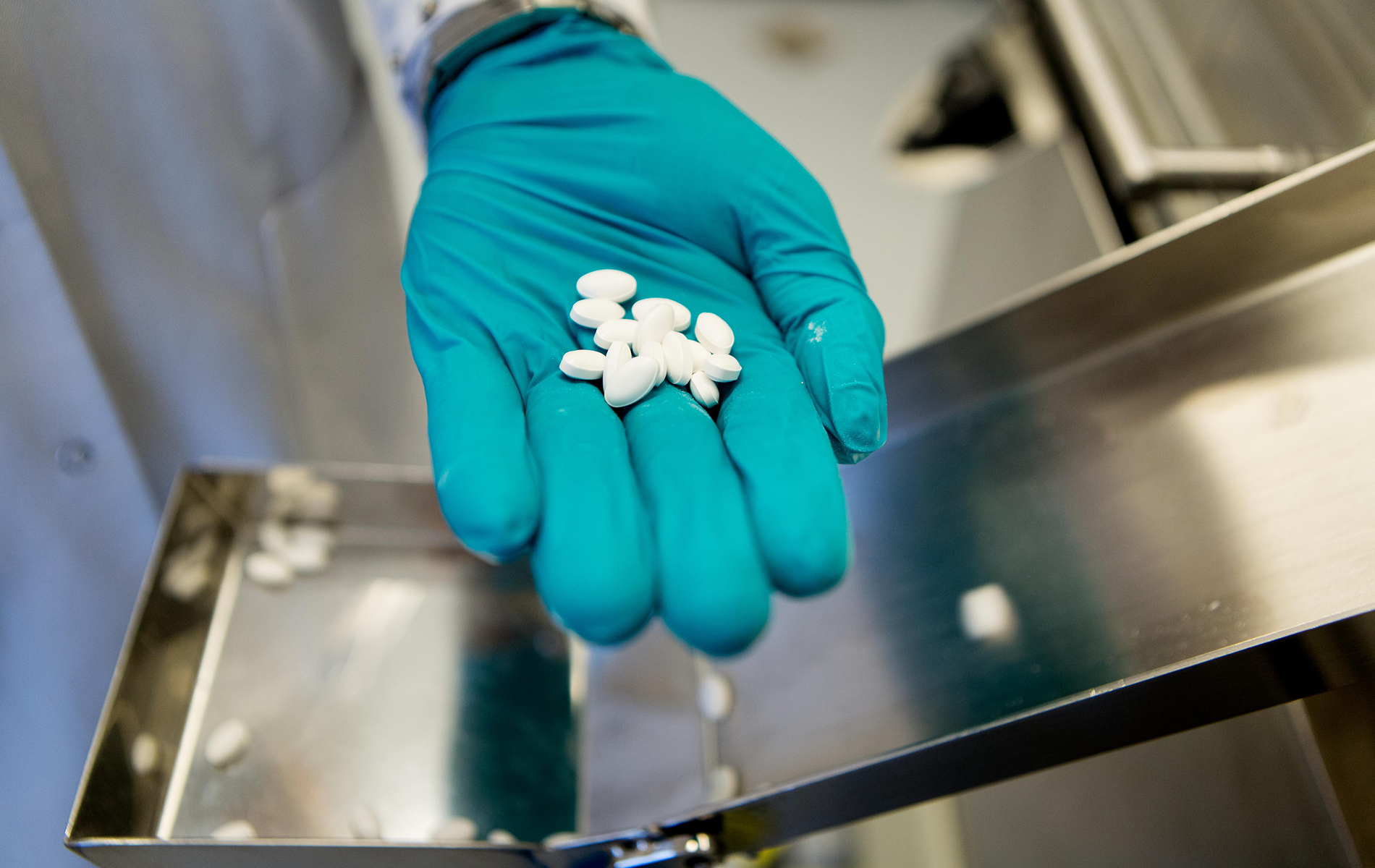
Frequently asked questions
Find some of the common questions and concerns about starting diabetes treatment.
Fake medicine, also sometimes called counterfeit or falsified medicine, can have potentially serious health implications; below we discuss the risks and provide some advice on how to identify one.

These are medicines which have been deliberately mislabelled to imitate a real, approved medicine1.
They may contain incorrect quantities of the genuine active ingredient, which is the main part of a medicine that causes the desired effect in the body1. Otherwise, they might contain the wrong ingredients, have been transported or stored unsafely, or be delivered in an untested dosage (i.e. the quantity or suggested frequency for taking the medicine has not been formally approved)1.
You can’t be sure what the contents are in a fake medicine. Taking counterfeit medicines can result in not getting the treatment that you need, leading to potentially negative consequences for your health and safety2.
It’s often prescription medications that are the targets for creating a fake because strict regulations make it difficult to obtain them without sign-off from a healthcare professional3. It is these strict regulations however that keep you safe and ensure that the only people taking prescription medications, are the people who genuinely need them.

1. Does the packaging and medicine look like it usually does?
Counterfeit medicines will often have spelling errors, instructions that are not in your language, unsealed packaging or changes in the appearance of the medicine itself. These are all indicators that the medicine is not authentic or is being illegally sold in the wrong market.
2. Is the price too good to be true?
A much lower price than expected should be a clear warning sign. A price cut is likely possible because the active ingredients are not the same as the authentic medicine – they could be wrong or missing altogether.
3. Are you using a well-trusted source?
Fakes are often sold on websites which are not associated with the real manufacturer or trusted distributors such as pharmacies5. Signs to look out for are unwanted pop-up adverts, spelling or format inconsistencies, unusual URLs and payment platforms.
4. Is a valid prescription needed?
Prescription medications should only be taken on the recommendation of a medical professional who knows your personal medical history, has weighed up the risks and benefits for you, and can provide you with information about any potential side effects. If the source of an online medication does not need confirmation of a prescription, it is likely to be untrustworthy.
If you have any suspicions that a prescription medicine is not authentic, do not purchase or take it, and speak to your doctor.

Sometimes, when a medicine is in high demand and hard to get hold of, or is only available in certain countries, this can make sourcing online alternatives seem like an enticing option. However, there is usually a valid reason for a medicine being unavailable from a trusted source6.
Especially if it is only available on prescription, you should not take any medicine which hasn’t been discussed with and prescribed by your doctor. If you find yourself struggling to find a trusted source for a medication you need, it is best to speak to your doctor who can help you to decide the best course of action which protects your health and safety.
If you suspect a product to be a fake of a Novo Nordisk product, please let us know.
HQ24DI00184